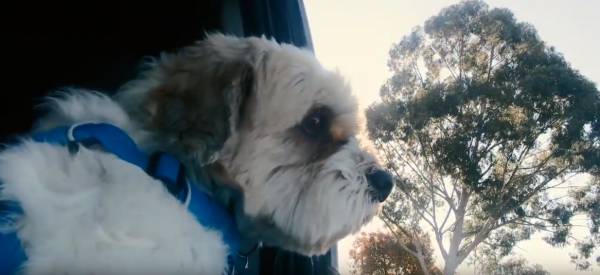What is a TTA?
TTA is the abbreviation for tibial tuberosity advancement. This is a surgical procedure used to treat cranial cruciate rupture in the stifle, or knee, of a dog. This is a very common cause of hindlimb lameness in a dog.
Similar to sportspeople who injure their anterior cruciate ligament, dogs can injure their cranial cruciate ligament. During weight bearing, the cranial cruciate ligament stops the femur sliding backwards down the top of the tibia. Rupture of this ligament results in instability in the stifle, creating a “giving-way” feeling which causes severe lameness. Left untreated, generally inflammation progresses creating damage to the cartilage and ultimately osteoarthritis.
The TTA aims to correct for the backward slope at the top of the tibia (the tibial plateau) by adjusting the angle between it and the patellar tendon so that it eliminates the tendency of the femur to move downwards over the sloped plateau.
The surgery involves cutting the tibial tuberosity using a specialised jig and bone saw, moving the tuberosity forward with advancement levers and inserting a titanium wedge which is secured in position using a titanium bone plate and screws. Each surgery is individually planned for each dog’s size and bone shape and specific implants are used.
Because the surgery doesn’t involve weight bearing areas of the leg, there is less swelling and pain following surgery compared to other methods of cruciate ligament surgery, and dogs are often up and about on the leg the following day.
Strict rest is important after surgery to allow proper healing, and then controlled activity is gradually introduced.
Andrew and John completed training two years ago to enable us to offer TTA surgery at OVH. If your dog is lame and a diagnosis of cruciate injury is the cause this is an option that may be available.
Many thanks John for explaining the what and why of this procedure.
|
